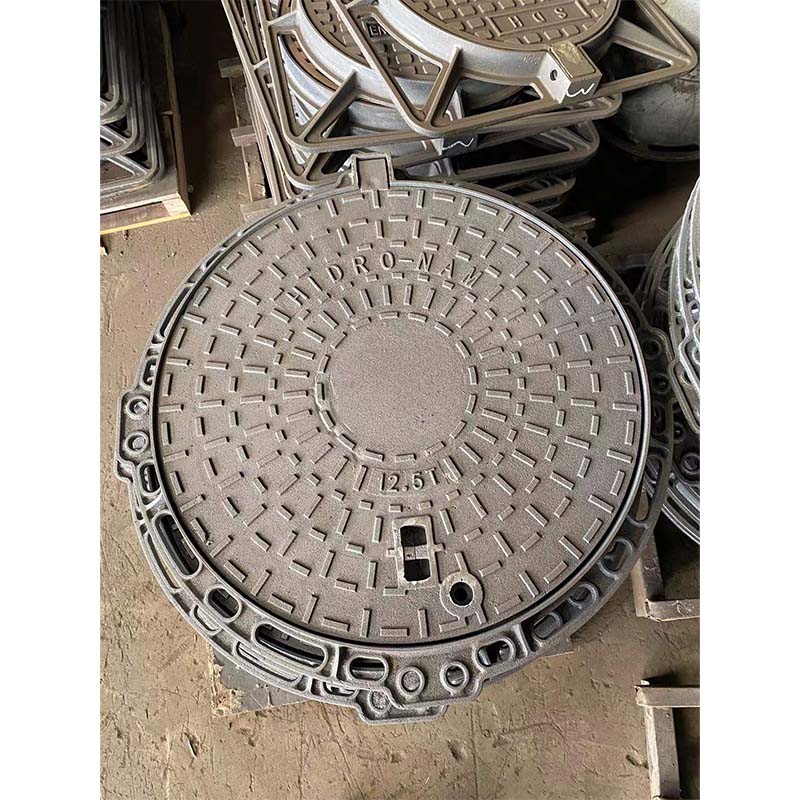300mm Butterfly Valve Specifications and Applications in Industrial Systems
Understanding the Butterfly Valve A Detailed Overview of the 300mm Model
Butterfly valves are essential components in various industrial systems, functioning primarily as flow control devices. Among the myriad of sizes and types available, the 300mm butterfly valve stands out due to its versatility and efficiency. This article will explore the features, applications, and advantages of the 300mm butterfly valve, providing a comprehensive understanding of its role in modern fluid management systems.
What is a Butterfly Valve?
A butterfly valve is a quarter-turn valve that uses a rotating disc to regulate the flow of liquids and gases. The disc is pivoted at the center, and when the valve is opened, the disc rotates to allow flow. When closed, the disc blocks the flow path. This simple yet effective design offers several advantages, including low pressure drop, compact size, and ease of operation.
The 300mm Butterfly Valve Key Features
The 300mm butterfly valve is designed for larger flow capacities, making it suitable for a range of applications. Here are some key features
1. Size and Configuration With a nominal diameter of 300mm, this valve is ideal for medium to large-scale applications, effectively managing substantial flow rates. The design typically allows for easy integration into existing piping systems.
2. Material Options Butterfly valves are often constructed from various materials, including cast iron, stainless steel, and plastic. The choice of material is crucial, as it determines the valve's durability, resistance to corrosion, and suitability for different fluids.
3. Sealing Mechanisms The sealing capability of a butterfly valve is vital for preventing leaks. The 300mm model frequently employs resilient seating materials that provide a tight seal, ensuring minimal leakage even at high pressures.
4. Actuation Methods The valve can be operated manually using a handwheel or automatically utilizing electric or pneumatic actuators. Automated valves are particularly beneficial for remote operations and applications requiring precise control.
5. Flow Characteristics The flow control characteristics of a 300mm butterfly valve make it ideal for both on/off and throttling service. Its quarter-turn design allows for quick adjustments, making it highly effective in dynamic fluid management scenarios.
Applications of the 300mm Butterfly Valve
butterfly valve 300mm

The 300mm butterfly valve is widely used across various industries, including
- Water Treatment These valves assist in the efficient management of water flow in treatment facilities, ensuring effective operation of pumps and distribution systems.
- HVAC Systems In heating, ventilation, and air conditioning applications, butterfly valves are critical for regulating airflow, maintaining environmental control, and optimizing energy efficiency.
- Chemical Processing The valve's resistance to corrosion and its ability to handle aggressive fluids make it a suitable choice for many chemical applications, including mixing and containment.
- Food and Beverage Industry Sanitary butterfly valves are specifically designed to meet hygiene standards required in food processing, ensuring safe and efficient flow control.
Advantages of Using a 300mm Butterfly Valve
1. Space Efficiency Butterfly valves are compact and occupy less space compared to other types of valves, making them ideal for installations with limited space.
2. Cost-Effectiveness Due to their simple design and fewer moving parts, butterfly valves are generally more cost-effective than other valve types, both in terms of initial purchase and maintenance.
3. Ease of Operation The straightforward quarter-turn operation allows for quick adjustments, which can be crucial in emergency situations or for routine maintenance.
4. Versatility Suitable for various applications and fluid types, the 300mm butterfly valve offers flexibility in system design and operation.
In conclusion, the 300mm butterfly valve is a vital component in fluid management systems across multiple industries. Its robust design, efficient flow control, and various material options make it a popular choice among engineers and plant operators. By understanding its features and applications, one can appreciate the significance of this valve type in ensuring smooth and reliable system operations.
-
The Smarter Choice for Pedestrian AreasNewsJun.30,2025
-
The Gold Standard in Round Drain CoversNewsJun.30,2025
-
The Gold Standard in Manhole Cover SystemsNewsJun.30,2025
-
Superior Drainage Solutions with Premium Gully GratesNewsJun.30,2025
-
Superior Drainage Solutions for Global InfrastructureNewsJun.30,2025
-
Square Manhole Solutions for Modern InfrastructureNewsJun.30,2025
-
Premium Manhole Covers for Modern InfrastructureNewsJun.30,2025
